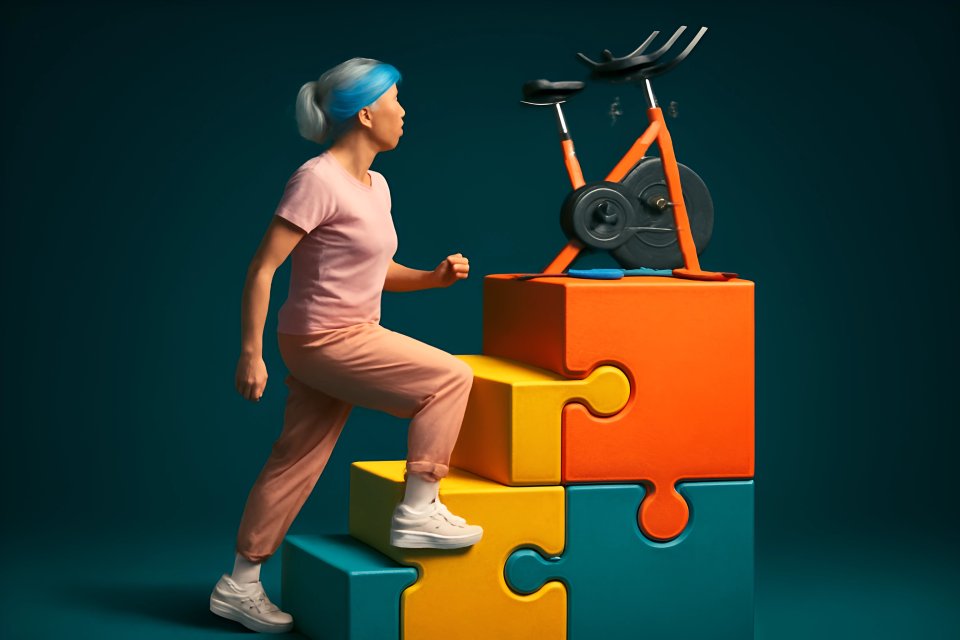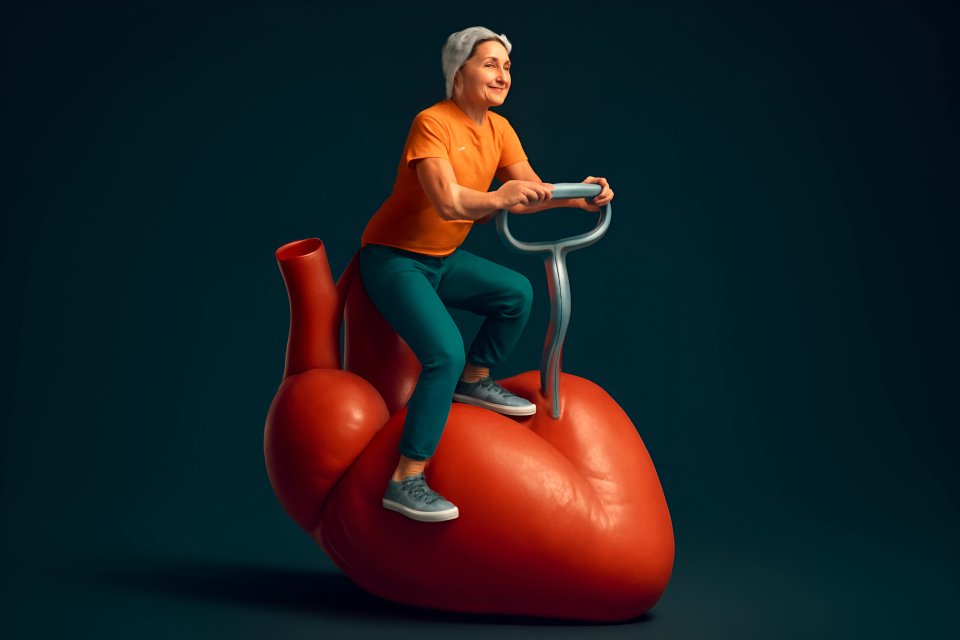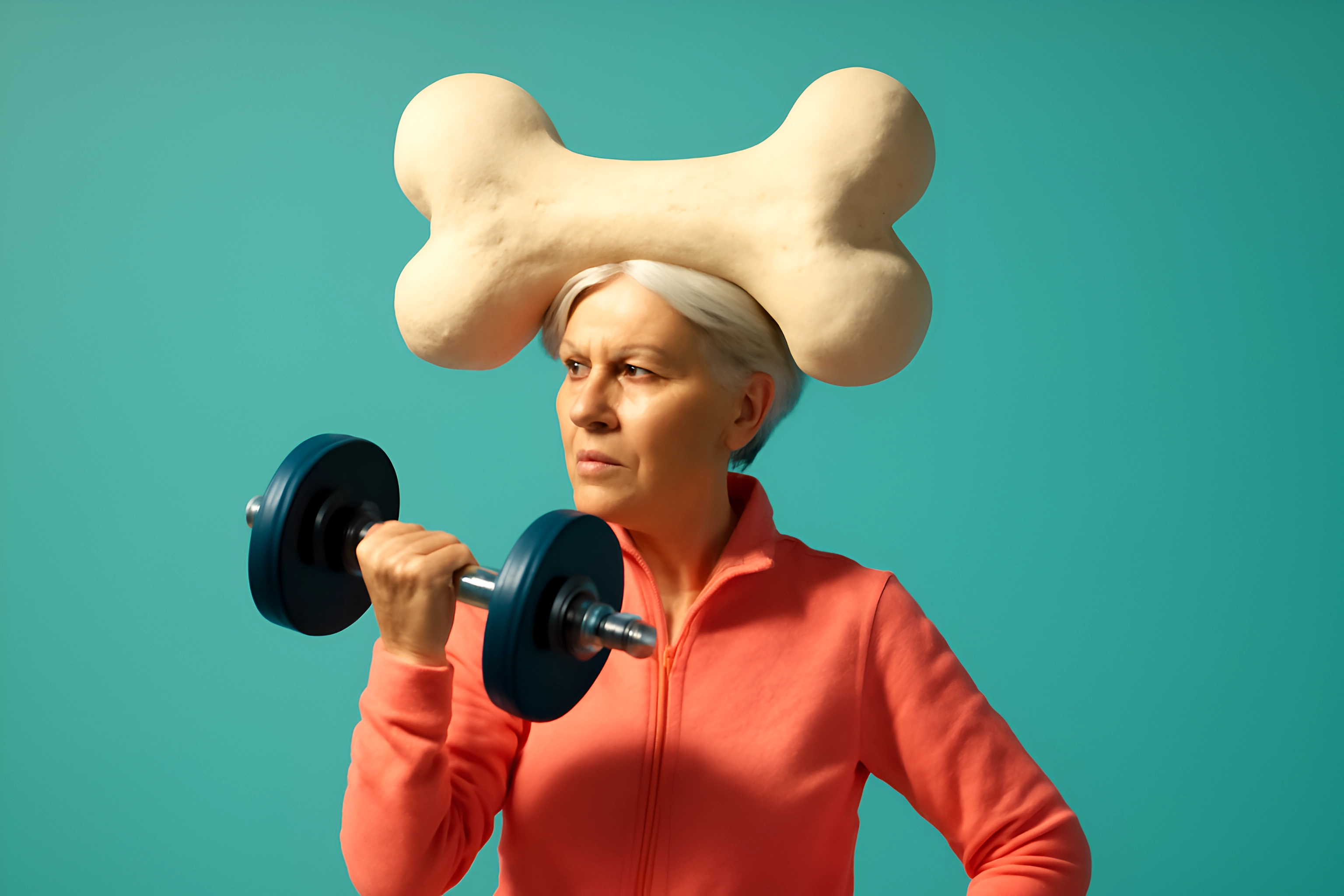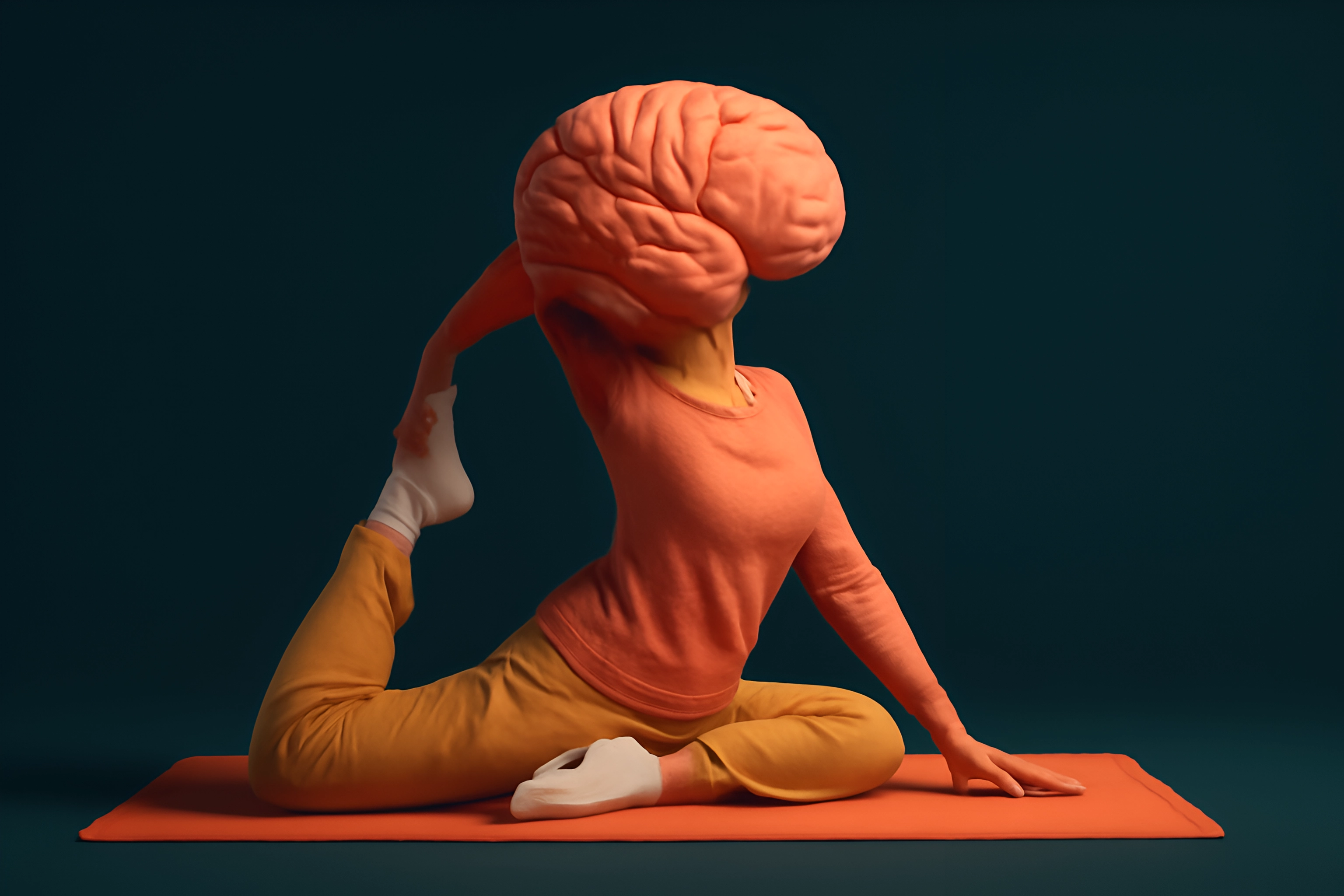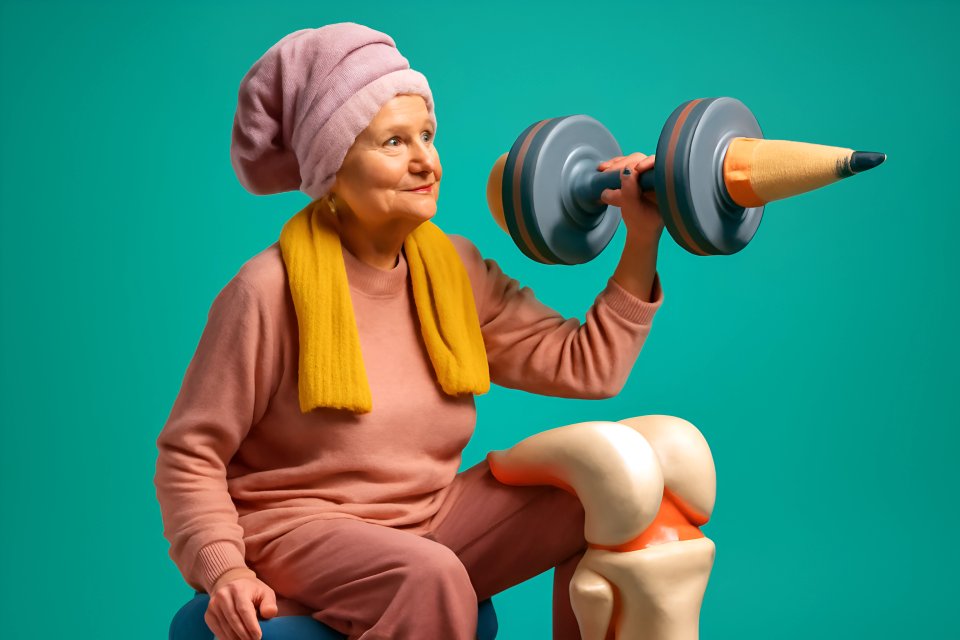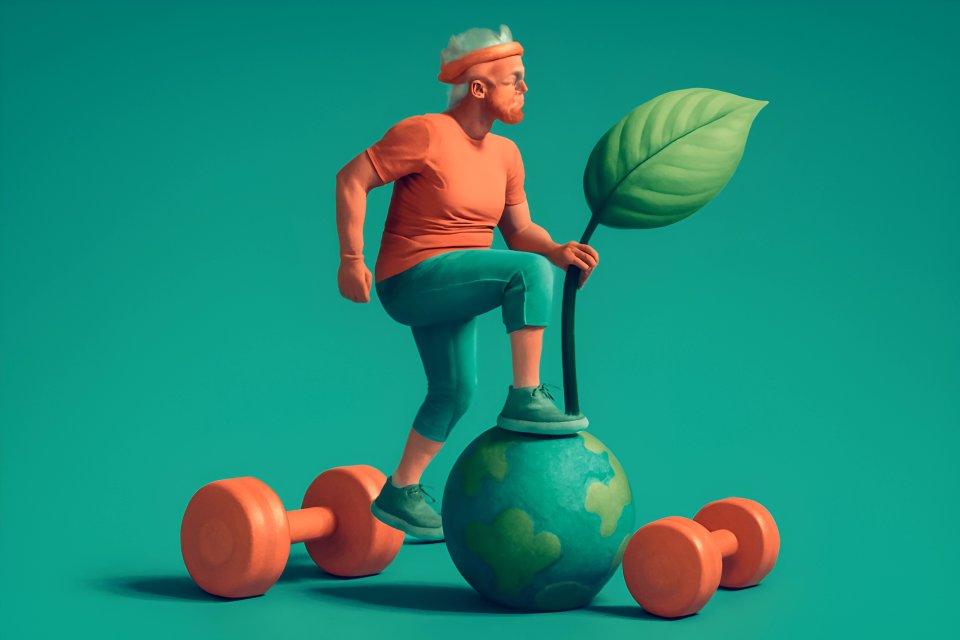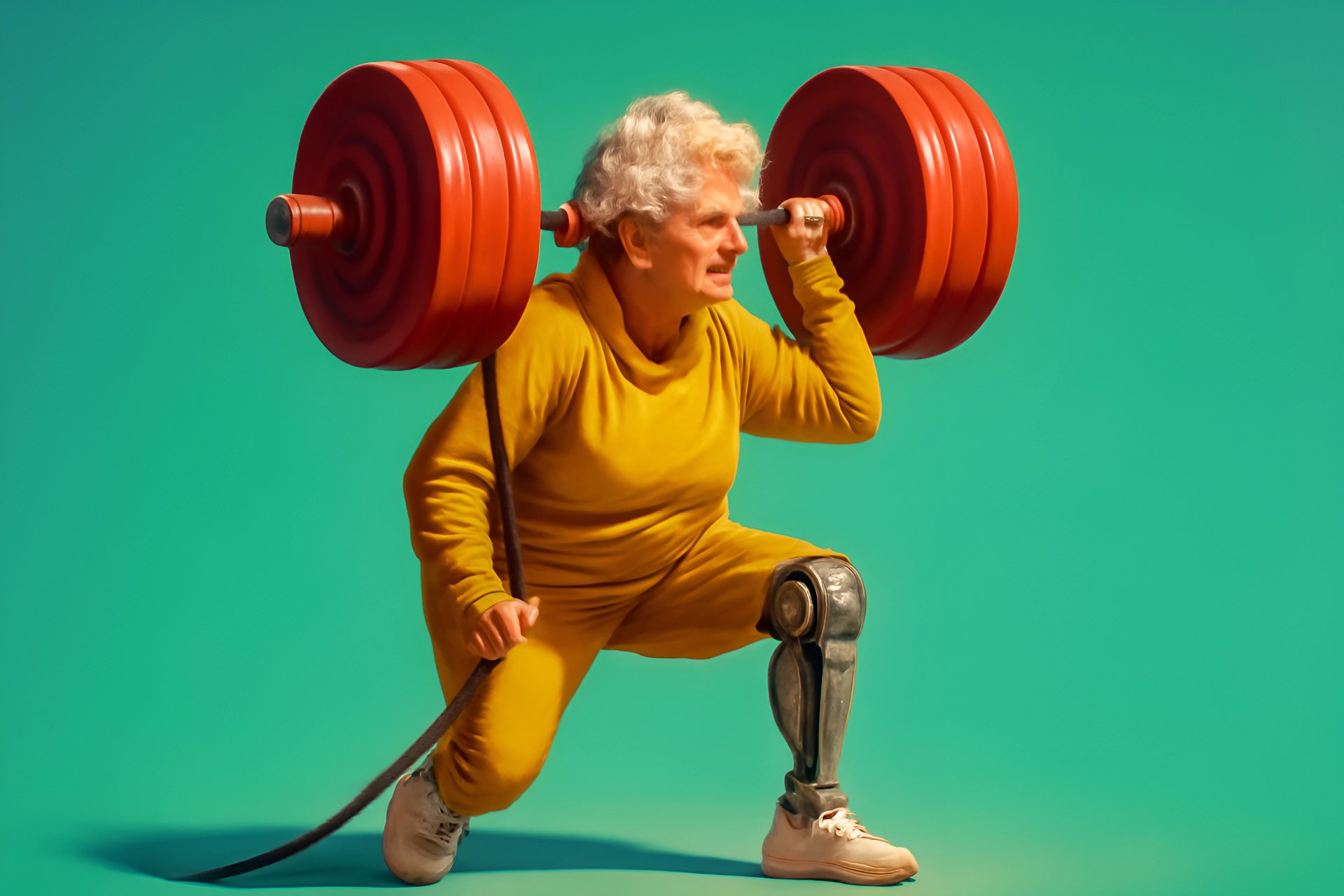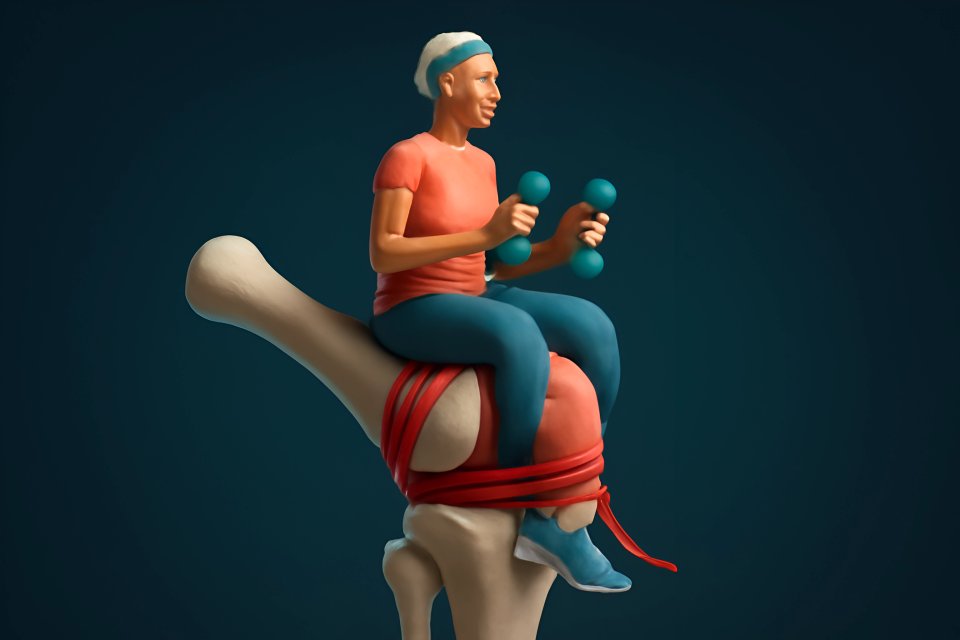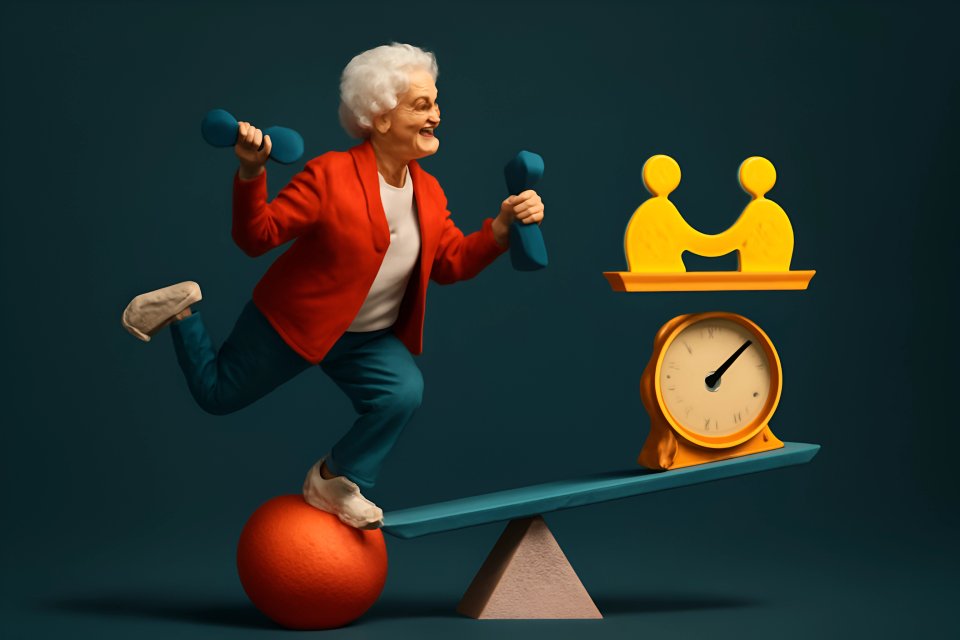
You’ve just finished a rewarding walk, a session of strength training, or a fun class at the gym. You feel accomplished, powerful, and alive! But what you do after your workout is just as important as the workout itself, especially when it comes to protecting your joints for the long haul.
As we move past 50, our bodies change. We might notice a bit more stiffness in the morning or a new twinge after an activity we’ve done a thousand times. This is a natural part of life, stemming from years of wear and tear, but it is absolutely not a stop sign. It’s a signal to get smarter, more strategic, and more intentional with our fitness, and that’s where recovery becomes your secret weapon.
This guide will walk you through simple, effective recovery techniques for joint health after 50 specifically designed to support your joints, enhance your mobility, and ensure you can continue to live an active, fulfilling life. Think of this not as a chore, but as an empowering tool for securing your vitality and independence for decades to come.
Understanding Your Joints: The 'Why' Behind Post-Workout Care
So, why is recovery suddenly non-negotiable? It’s because understanding what’s happening inside your joints gives you the power to protect them. Every time you exercise, you create tiny micro-tears in your muscles, which is a good thing—it’s how you get stronger. But this process also creates inflammation, and for joints already dealing with age-related changes, managing that inflammation is key.
Proper recovery is your body’s management system. It helps control the inflammatory response, preventing it from becoming chronic and damaging. Furthermore, gentle recovery movements increase circulation, acting like a superhighway that delivers oxygen and vital nutrients directly to your joint tissues while flushing out waste products. According to research, simple stretching can increase the production of synovial fluid—your joints' natural lubricant—by an incredible 22%, making every movement smoother and less painful.
Ultimately, this is about a mindset shift. As we age, our tendons and ligaments can tighten, restricting our range of motion and making us more prone to injury. By embracing recovery, you are actively maintaining your flexibility, ensuring you can bend, reach, and move with ease in your daily life. This isn't about slowing down; it's a powerful investment in your future mobility and freedom.
Your Core Toolkit: Essential Joint Recovery Exercises for Seniors
Ready to build your recovery arsenal? These foundational methods provide immediate relief from stiffness and lay the groundwork for long-term joint resilience. They are simple, effective, and can be done right in your own home.
Gentle Stretching: Your First Line of Defense Against Stiffness
Forget the aggressive, bouncing stretches you might remember from gym class. For recovery, we focus on static stretching, which involves holding a gentle pull to lengthen muscles and release tension. This is your number one tool for telling your body it’s time to relax, repair, and restore.
At FitOverFifty, our approach is all about listening to your body. You should hold each stretch for 30-60 seconds, breathing deeply and avoiding any bouncing motion. This extended hold is crucial, as studies show it can lead to 30% greater mobility retention in seniors compared to those who don't stretch. It’s a small time commitment for a massive return in how you feel and move.
Here are a few essential stretches to start with:
- Standing Quad Stretch: Crucial for knee and hip health, this stretch releases the large muscles at the front of your thigh that can pull on your kneecap.
- Seated Hamstring Stretch: This move helps relieve pressure on your lower back and knees by lengthening the muscles along the back of your legs.
- Doorway Chest Stretch: Perfect for countering the effects of sitting, this stretch opens up the shoulders and improves your posture.
- Gentle Hip Flexor Lunge: If you sit for long periods, your hip flexors can become incredibly tight, leading to back pain. This gentle lunge is the perfect antidote.
Remember the golden rule: Listen to your body. You should feel a gentle pull, never sharp pain.
Self-Myofascial Release: Using a Foam Roller or Massage Ball
"Self-myofascial release" sounds complicated, but it’s not. Think of it as a deep-tissue massage you can give yourself to release tight knots in your muscles—knots that are notorious for pulling on your joints and causing discomfort.
Our FitOverFifty approach is to start with a softer foam roller to allow your body to adapt. The goal is to slowly roll over the fleshy part of a muscle until you find a tender spot, then hold gentle pressure on that spot for about 30 seconds while you breathe. Research from Harvard Health shows that foam rolling can be incredibly effective, with some studies indicating it can reduce delayed-onset muscle soreness by 37% in older adults.
Focus on these key areas for maximum joint relief:
- Calves: Releasing calf tension can have a surprisingly positive impact on relieving stress in your ankles and knees.
- Quadriceps (Thighs): Rolling the front and side of your thighs helps reduce the pulling forces on your kneecap.
- Glutes & Piriformis: This area is a major source of hip and sciatic nerve discomfort for many people; a massage ball is often perfect for targeting this spot.
And here is your most important safety tip: Always avoid rolling directly over a joint (like your kneecap or elbow) or your lower back. Focus on the fleshy part of the muscle.
Leveling Up: Everyday Habits for Better Mobility and Less Pain
True, lasting joint health goes beyond what you do for ten minutes after a workout. It’s about weaving smart, supportive habits into your daily life. These complementary strategies work together to reduce inflammation, improve healing, and keep you moving with confidence.
The Power of Hot & Cold Therapy
Using temperature strategically can be a game-changer for managing joint discomfort. The key is knowing when to use heat and when to use cold. Think of it this way: cold calms things down, while heat loosens things up.
For immediate, acute inflammation—like a swollen knee right after a long walk—cold therapy is your best friend. Applying an ice pack for 15-20 minutes helps constrict blood vessels, which can reduce swelling and numb sharp pain. It’s the go-to choice for the first 24-48 hours after an injury or intense workout.
Heat, on the other hand, is ideal for chronic stiffness and muscle soreness. A warm bath, especially with Epsom salts, or a heating pad applied before gentle stretching can increase blood flow and improve collagen extensibility. This makes your tissues more pliable and receptive to stretching, perfect for those days when you just feel tight and achy.
Nutrition and Hydration: Recovering from the Inside Out
You cannot out-stretch a bad diet. The foods you eat play a direct role in the level of inflammation in your body. Hydration is equally critical; your joints are lubricated by synovial fluid, which is primarily made of water. In fact, being even mildly dehydrated can increase cartilage friction by a staggering 300%, accelerating wear and tear.
To fight inflammation from your plate, focus on incorporating foods rich in Omega-3 fatty acids like salmon and walnuts, antioxidants from berries and leafy greens, and natural anti-inflammatories like turmeric and ginger. These foods work to calm the inflammatory processes that contribute to joint pain. For more ideas, our guide to heart-healthy superfoods offers easy recipes to help you get started.
Don't forget protein! Adequate protein intake is essential for repairing the muscle tissue that supports and stabilizes your joints. Pairing these recovery methods with a smart diet is the ultimate strategy for wellness, and you can learn more with our age-defying nutrition and meal planning tips.
The Ultimate Recovery Tool: Quality Sleep
You can stretch, roll, and eat perfectly, but if you aren't getting enough quality sleep, you're missing the most powerful recovery tool of all. It is during the deep stages of sleep that your body releases growth hormone, which is critical for repairing tissues, including the cartilage in your joints.
The link between sleep and joint pain is undeniable. Research shows that adults who average fewer than six hours of sleep per night have a 2.1-fold higher rate of osteoarthritis progression due to elevated levels of inflammatory markers in the body. Prioritizing sleep is prioritizing your joint health.
To improve your sleep, try to maintain a consistent sleep schedule, even on weekends, and make sure your bedroom is cool, dark, and quiet. If you struggle with getting the restorative rest you need, our guide offers advanced tips for overcoming insomnia in your 50s and beyond.
Your Blueprint for Post-Workout Recovery for Older Adults
Feeling overwhelmed? Don't be. Here is a simple, actionable routine you can follow to integrate these techniques into your life.
Immediately After Exercise (5-10 mins)
Cool down with a slow walk to bring your heart rate down gradually. Follow this with 3-5 of the key static stretches mentioned earlier, focusing on the muscles you just worked. This is the perfect time to pair your recovery with a smart workout, and you can learn how to build a low-impact exercise routine that protects your joints from the start.
Later That Day (Evening)
Consider a warm Epsom salt bath to soothe tired muscles and reduce inflammation. If you have a specific area that feels tight, like your thighs or calves, spend 5-10 minutes using a foam roller while you watch TV.
On Rest Days
Rest days don't have to mean sitting on the couch. This is the perfect time for "active recovery," which includes light activity like a leisurely walk, gentle yoga, or swimming. The goal is to keep blood flowing without stressing the joints.
Daily Habit
Make hydration and nutrition a constant focus. Aim for 8 glasses of water throughout the day and try to include at least one anti-inflammatory food with every meal.
Embrace Recovery, Move with Confidence
Aging doesn’t have to mean accepting aches and pains as your new normal. By treating recovery as an essential and non-negotiable part of your fitness journey, you are taking powerful, proactive steps to protect your mobility, reduce discomfort, and continue doing all the activities you love. It is the ultimate act of self-care for a vibrant, active life after 50.
This isn't just about feeling better tomorrow; it's about securing your independence for years to come. Studies show that adults who stick to these protocols maintain 73% greater mobility independence after age 70. You have the tools. Now it's time to use them.
What is your favorite way to recover after a workout? Share your go-to tips and tricks in the comments below to help our FitOverFifty community thrive!
Your Questions Answered
How often should I be doing these recovery exercises?
Gentle stretching is beneficial daily, especially after any physical activity. Foam rolling can be done 2-3 times a week on targeted areas that feel tight. Listen to your body; if a muscle feels particularly sore, give it a day of rest before rolling it again.
Is it okay to exercise if my joints are already a little sore?
This is a crucial distinction. It's important to differentiate between delayed-onset muscle soreness (DOMS), which feels like a dull ache in the muscle and is normal, and sharp, stabbing joint pain, which is a signal to stop and rest. If you're dealing with general muscle soreness, low-impact activities like swimming or walking can actually help, but if you feel pain in the joint itself, it's best to rest and consult a professional. For guidance, explore these practical strength training modifications for seniors with joint pain.
What’s the single most important recovery tip if I only have time for one?
Without a doubt, a 5-10 minute post-workout cool-down that includes static stretching. It requires no equipment, can be done anywhere, and provides immediate benefits for flexibility, tension release, and delivering nutrients to your joints. It offers the highest return on your time investment for long-term joint health.







